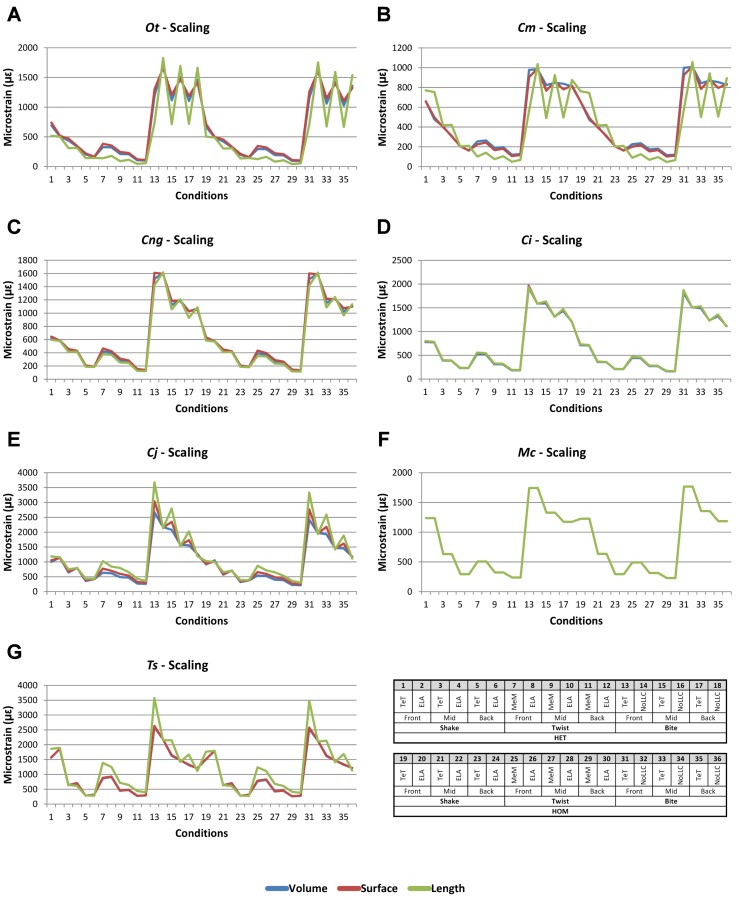Figure 7. Scaling signal to simulation conditions.
Simulation conditions are arbitrarily numbered from 1 to 36 (labelled bottom right). For each condition the response to scaling models to the same volume (blue), surface (red) and length (green) as M. cataphractus are graphed alongside each other. TeT (‘tooth equals tooth’), NoLLC (‘no linear load case’), ELA (‘equal lever arm’), and MeM (‘moment equals moment’) each indicate the type of linear load case used in the simulation. Under biting, TeT simulates all species biting with identical ‘resultant’ bite force to M. cataphractus, while NoLLC simulates all species biting at their maximal muscle force. Under shaking, TeT simulates an identical magnitude of shake force to M. cataphractus, while ELA simulates shaking prey of identical mass at the same frequency. Under twisting, MeM simulates an identical magnitude of twisting force, while ELA simulates a constant ratio of skull width to twisting force between each species. Note, in general, volume and surface scaling track closely to one another while length tends to show the greatest deviation. (A) Ot, Osteolaemus tetraspis, (B) Cm, Crocodylus moreletii, (C) Cng, Crocodylus novaeguineae, (D) Ci, Crocodylus intermedius, (E) Cj, Crocodylus johnstoni, (F) Mc, Mecistops cataphractus, (G) Ts, Tomistoma schlegelii.

